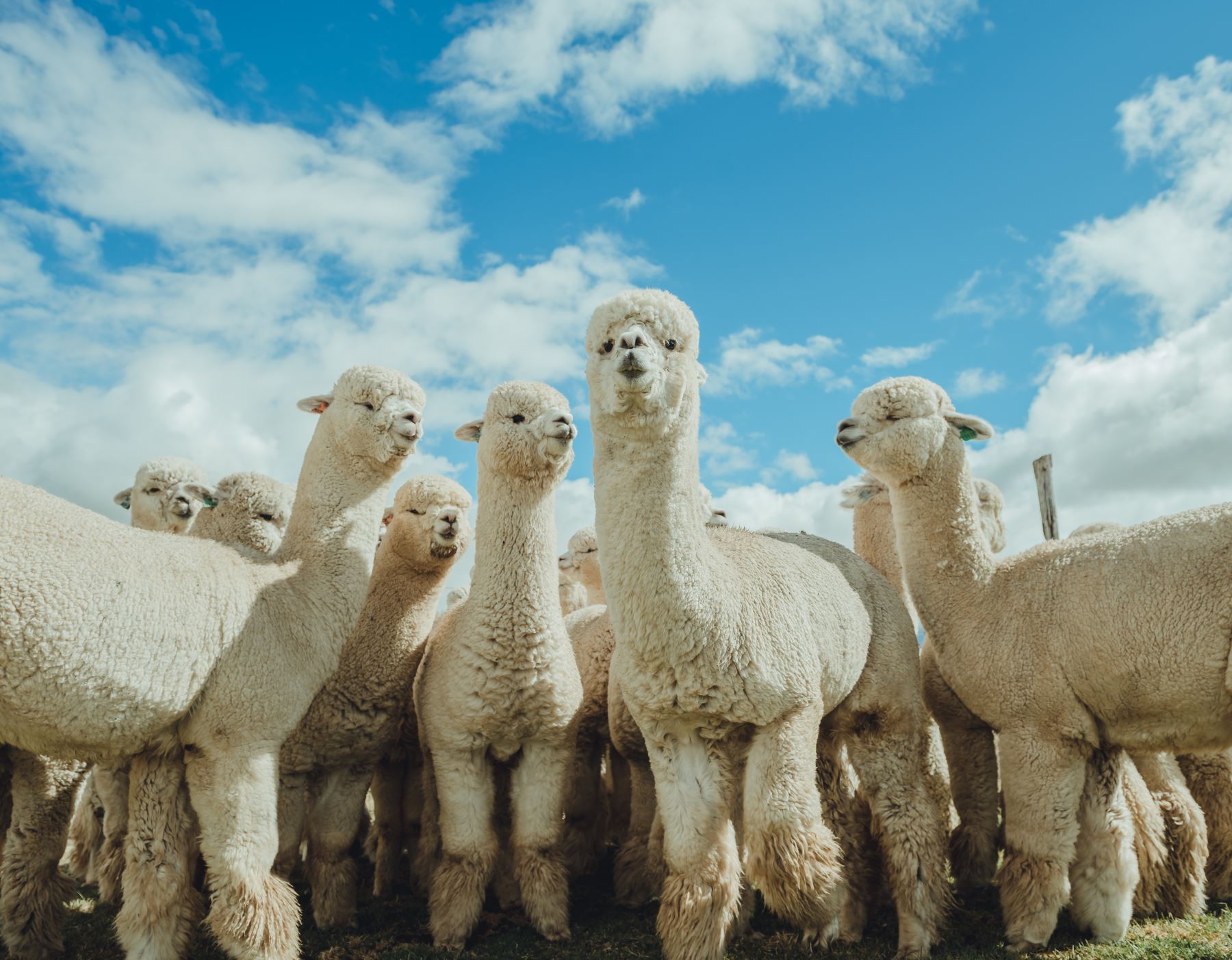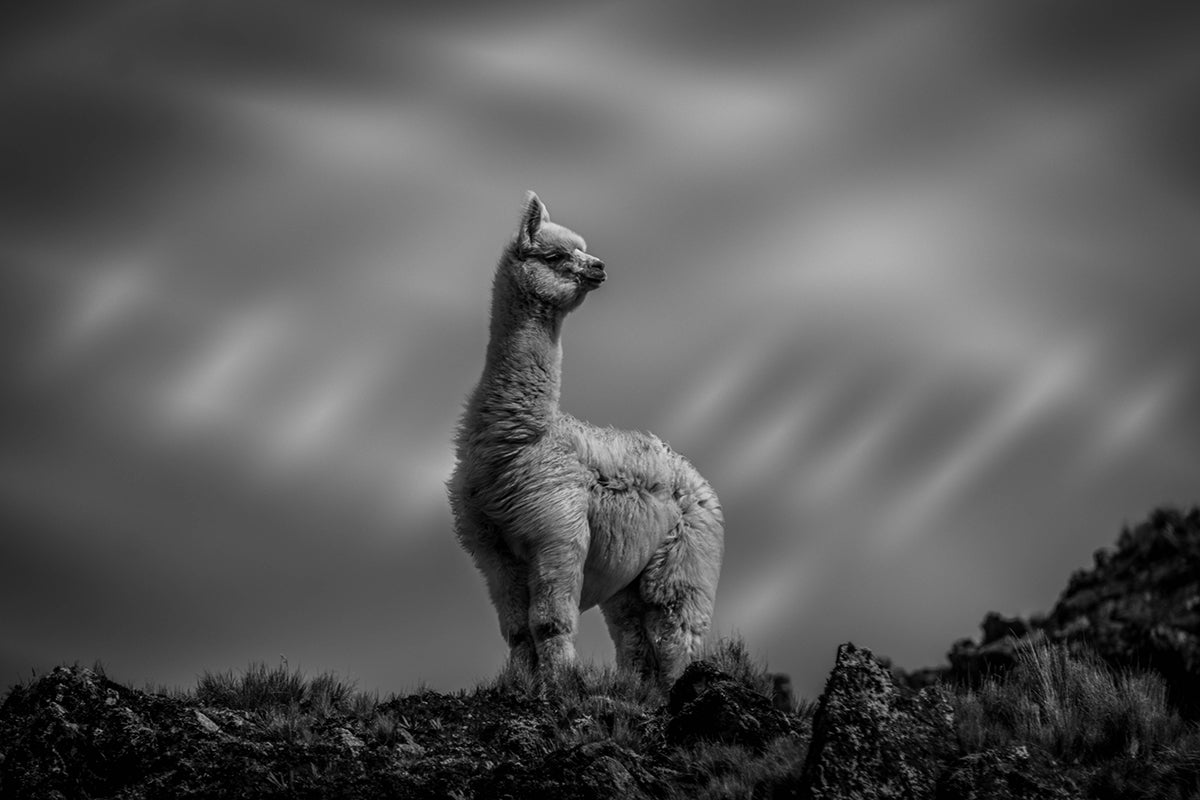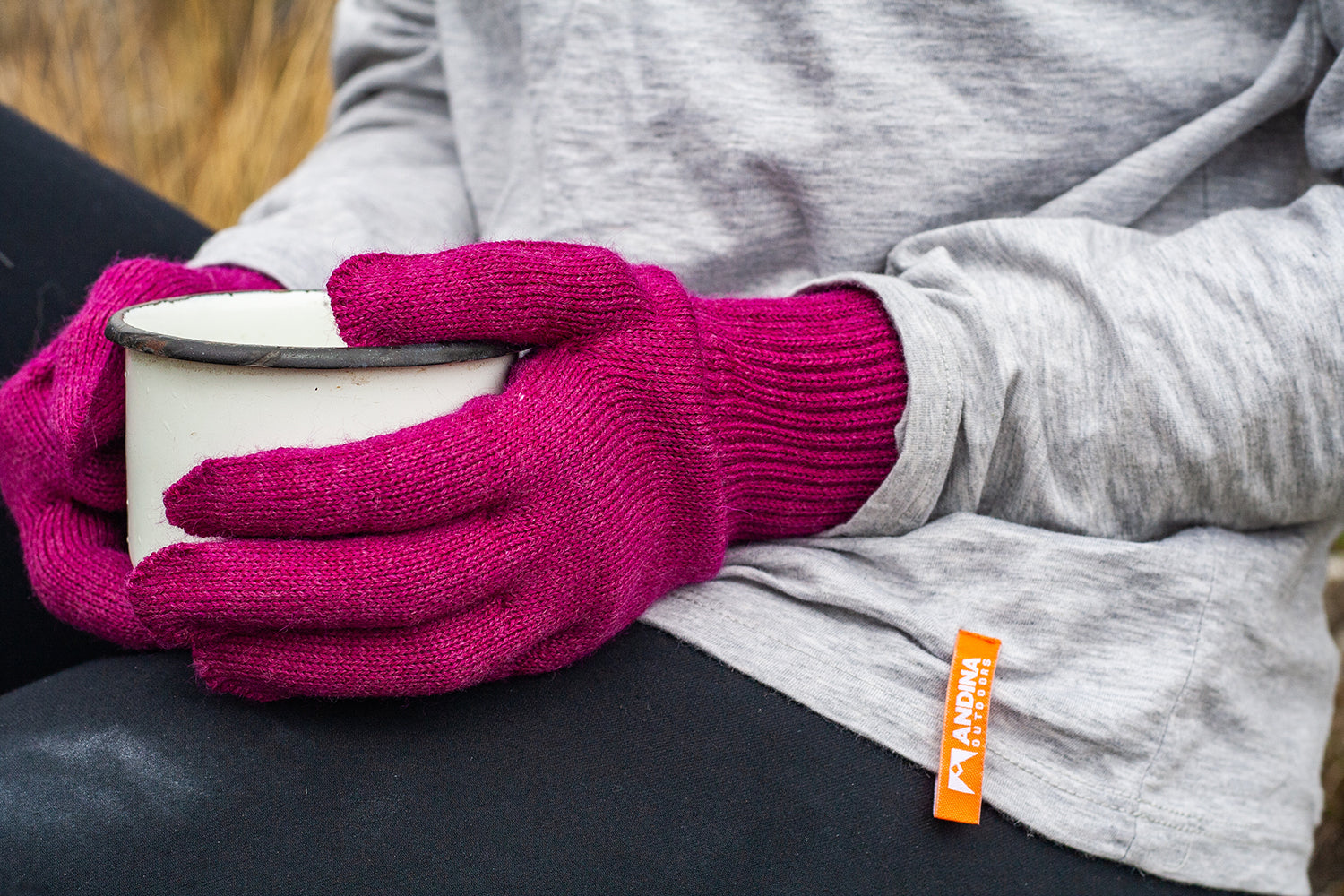Discovering Peruvian Alpaca: A Cultural and Textile Treasure
Peruvian alpaca is globally recognized for its quality, elegance, and performance. Native to the high Andes, alpacas have been bred for centuries by indigenous communities who understand the value of this extraordinary animal. The two main types of alpaca fibers— alpaca and baby alpaca—stand out for their softness, warmth, and lightness. Despite its name, the term “baby alpaca” does not refer to the young of the species but to the finest and softest hairs shorn from the neck and lower belly during the first shearing of an adult alpaca.
These luxurious fibers are now fundamental to the global demand for high-end textiles. Their unique combination of tradition, functionality, and sophistication makes Peruvian alpaca a superior alternative to synthetic or mass-produced fibers.
Alpaca vs. Baby Alpaca: A Comparison
The difference between alpaca and baby alpaca lies in their micron count, feel, and insulation capacity. Below is a comparative table highlighting their main differences:
| Characteristic | Alpaca Fiber | Baby Alpaca Fiber |
|---|---|---|
| Micron Count | 23–26 microns | 18–22 microns |
| Texture | Soft and firm | Extra soft, silky |
| Warmth | High | Very high |
| Weight | Light | Ultra-light |
| Durability | Very durable | Slightly less durable |
| Use | Outerwear, blankets | Scarves, sweaters, premium garments |
| Price Point | Moderate | Premium |
Both fibers share excellent thermal insulation and moisture absorption capabilities, making them ideal for various climates and lifestyles. The choice between them usually depends on the desired finish, texture, and purpose of the garment.
Ethical Production: From the Andes to the Workshop

The manufacturing process of Peruvian alpaca fiber follows a strict ethical and traceable system. Small-scale herders and cooperatives from the highland Andean regions shear alpacas once a year using humane and non-invasive methods that ensure the animals’ health and safety.
After shearing, the fiber is classified and cleaned by hand without intensive chemical processes, helping preserve its natural properties. These actions support local communities, preserve ancestral traditions, and ensure fair wages for workers. Many Peruvian companies, such as those certified by Fair Trade or the Responsible Alpaca Standard (RAS), follow these guidelines to guarantee ethical sourcing.
Eco-Friendly by Nature and Design

Alpacas are naturally sustainable animals. Compared to other livestock, they require less water and food, do not destroy root systems while grazing, and emit less methane. Additionally, their padded feet minimize environmental impact on the fragile ecosystems of the Andes.
In terms of textiles, alpaca fiber is biodegradable, does not require chemical treatments like sheep’s wool, and naturally repels odors and moisture. This means fewer washes and reduced water consumption. Brands that focus on Peruvian alpaca blends often avoid synthetic dyes, opting instead for the alpaca’s more than 22 natural colors, ranging from white to brown and black, which helps reduce pollution.
Unmatched in quality and global appeal
Peruvian alpaca fiber—especially in its baby alpaca form—is often compared to or even preferred over cashmere for its softness, durability, and insulating properties. Its versatility, luxurious feel, and sustainable origin have made it a staple for both high-end fashion houses and eco-conscious brands, as well as high-performance outdoor apparel labels.
This fiber is not just a raw material; it is a symbol of Peru’s commitment to sustainable development, craftsmanship, and global excellence. From the mountains to the runway, alpaca continues to prove that ethical and eco-friendly fashion can also be sophisticated and high-performing.



